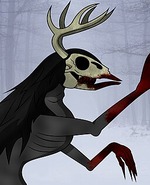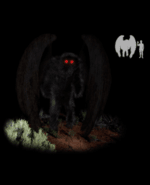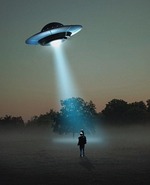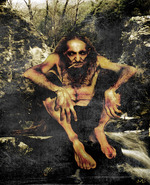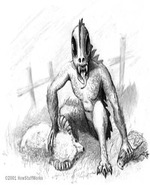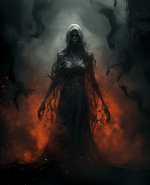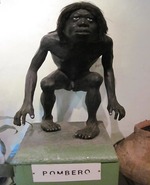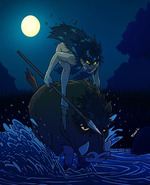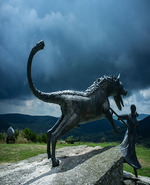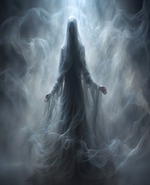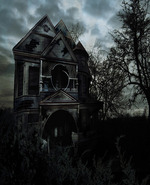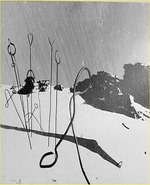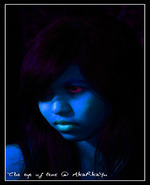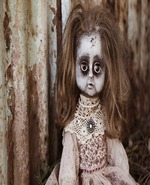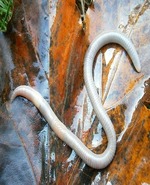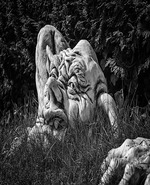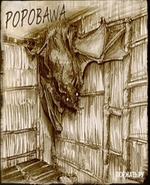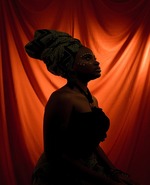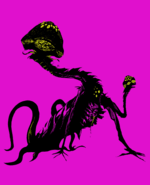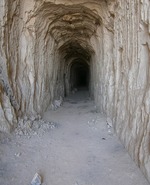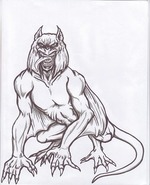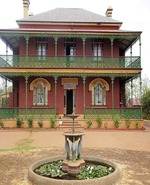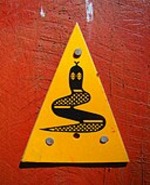Polybius
The story of Polybius is a fascinating urban legend that has captured the imaginations of gamers and conspiracy theorists for decades. It's one of those tales that blurs the lines between fact and fiction, leaving many to wonder if there's any truth to it at all. The legend of Polybius revolves around an arcade game that supposedly appeared in select arcades in the early 1980s, particularly in the Portland, Oregon area. The game was said to have been developed by a mysterious company and had incredibly advanced graphics and gameplay for its time. According to the legend, players who tried Polybius reported experiencing strange side effects, including headaches, nausea, amnesia, nightmares, and even hallucinations. Some players allegedly suffered from seizures after playing the game. Additionally, men in black suits were rumored to have been seen collecting data from the machines. The story goes that the game would appear in arcades for a brief period, causing a frenzy among gamers who wanted to experience its unique gameplay. However, just as quickly as it appeared, Polybius would disappear without a trace, leaving behind only rumors and speculation. Many variations of the legend exist, with some claiming that Polybius was a government experiment in mind control or a tool used by intelligence agencies to gather data on players. Others believe it was an elaborate hoax or a marketing stunt gone wrong. Despite extensive research and investigations by gaming historians and enthusiasts, no concrete evidence of Polybius has ever been found. Many believe that the legend is simply a product of the fertile imaginations of gamers and conspiracy theorists. However, the legend of Polybius continues to fascinate and intrigue to this day, serving as a reminder of the power of urban legends to capture our collective imagination. Whether Polybius ever truly existed or not, its legacy lives on as one of the most enduring mysteries in gaming history.


